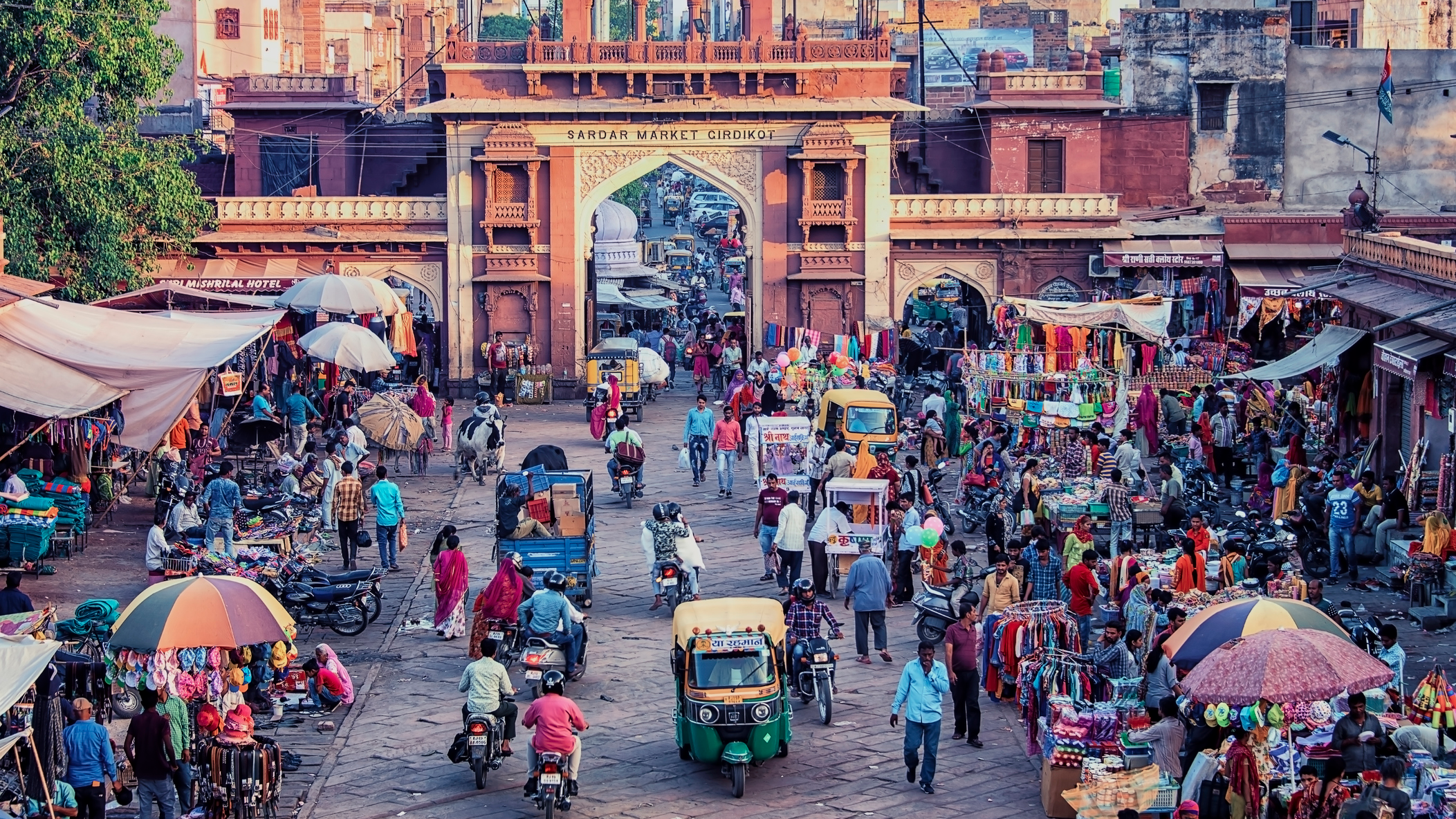
26 Apr Final working papers as part of Inequality In India project now available
A unique project focused on gaining a better understanding of inequality in one of the world’s biggest countries has wrapped up – and provided important insight.
The Inequality in India: Dimensions and Trends project, led by AIGHD is part of the larger United Nations University – World Institute for Development Economics Research (UNU WIDER) project. The WIDER programme is about Inequality in the Giants: India, China, Brazil and South Africa.
In total seven working papers, including a synthesis paper that provides a project overview, were published on various aspects of Inequality in India, with four being (co-)authored by economists affiliated with AIGHD. The Inequality in India project is part of AIGHD’s Economics of Human Development research priority, which seeks to better understand the economic aspects of the many dimensions of human development, including those that are not directly health-related. Our research projects focus more generally on how circumstances shape people’s opportunities and choices, and what policy conclusions can be drawn from this.
The project was headed by professor Peter Lanjouw from the VU’s department of Development Economics and involved AIGHD researchers professor Chris Elbers and Gerton Rongen, next to economists from Jawaharlal Nehru University, the Indian Statistical Institute and the World Bank.
“India is an important country to review because it has seen very high levels of growth in its economy over the past two decades and a lot of resources and work have been dedicated to reducing poverty, yet a large proportion of the world’s extreme poor continue to live in India,” said Prof. Peter Lanjouw.
“Improving our understanding of inequality and its dimensions is crucial for the design of policies aimed not only at reducing overall inequality but also at poverty reduction and promoting growth. Our estimation results point to rising inequality between 1983/84 and 2011/12, but to differing degrees depending on the dimension being considered and the measurement method employed.”
The Distributional Impact of Structural Transformation in Rural India
One paper, led by Profs. Elbers and Lanjouw, models structural transformation in the Indian village of Palanpur. This is the economists’ name for the process of moving from an economy based on low-yield agriculture to one where more productive agricultural methods are used (such as irrigation and tractors) and where non-farm activities have become more widespread.
Palanpur has been closely studied over a period of six decades: many rounds of data collection on all village households provide the basis for the developed model. Its aim is to study how structural transformation influenced the distribution of incomes in the village, taking into account village features such as the caste composition of the population. Although inequality rose alongside non-farm diversification, simulations indicate that the counterfactual of no diversification would in fact be associated with possibly an even greater increase. The study suggests therefore that non-farm diversification has helped to contain growth in inequality, and has played a particularly pronounced role in reducing poverty.
A New Inequality Estimates For Urban India?
A second paper, led by Rongen, considers another aspect of inequality in India, focusing on Mumbai, India’s most populous city. Inequality estimates, such as the Gini coefficient, are often based on data obtained from household surveys. However, richer households are more likely to be absent in these data, either due to non-response or under reporting. In such a case, the inequality measure underestimates inequality.
The paper applies a novel method by van der Weide, Lakner and Ianchovichina (2018), which takes the rich into account by combining survey data with data on house prices. However, application of this method does not indicate that the survey-based Gini coefficient of 0.45 actually underestimates consumption inequality in Mumbai; none of the ten investigated scenarios yields a higher estimate. For comparison: a Gini of 0 indicates complete equality, while a figure of 1 indicates that one household consumes or owns everything; the Gini of household market incomes is 0.56 in the Netherlands, while it stands at 0.29 for household disposable incomes (i.e. after taking taxes and government transfers into account). The study demonstrates that further analyses are necessary to assess the robustness of estimates and the usefulness of applying this method to the whole of urban India. This conclusion shows that more work needs to be done before we can assess whether the official survey estimates are also vindicated when considering India as whole.
Read the four AIGHD-(co-)authored papers:
